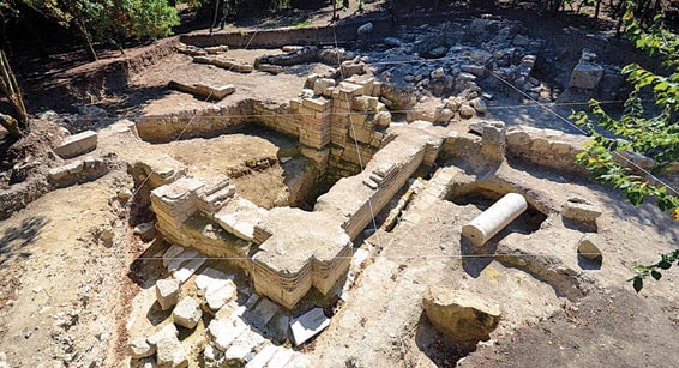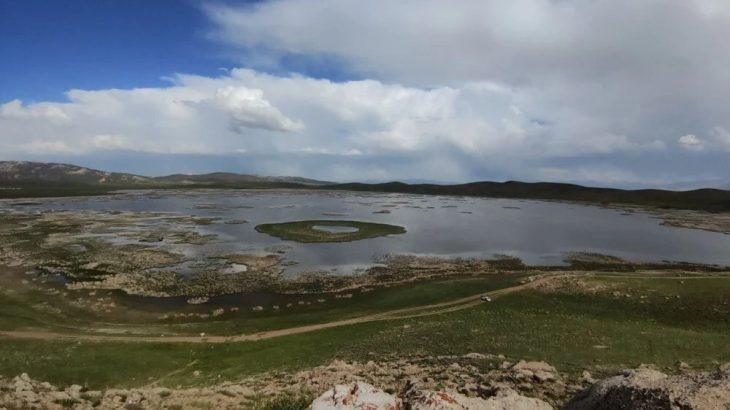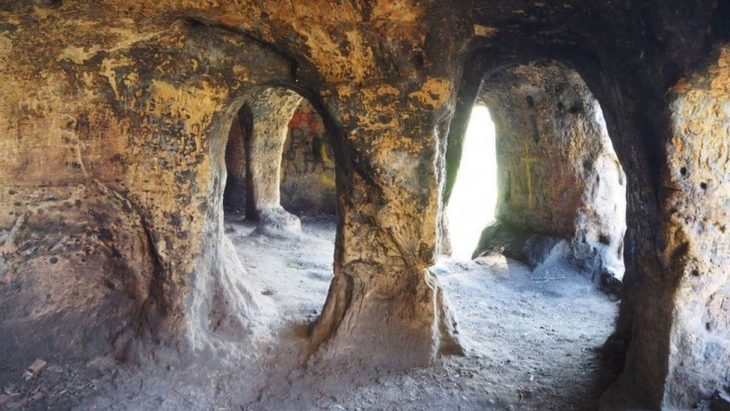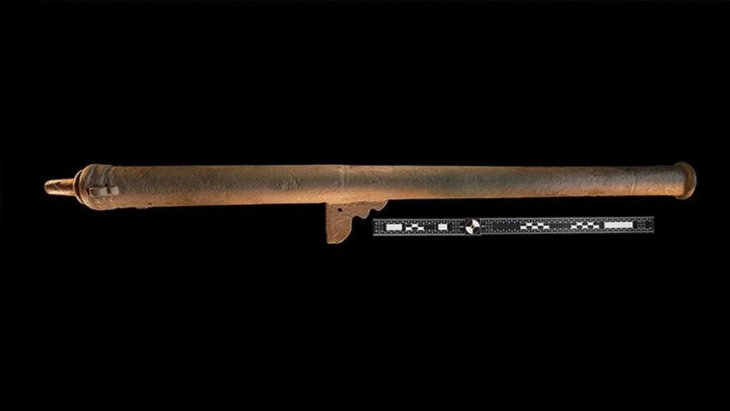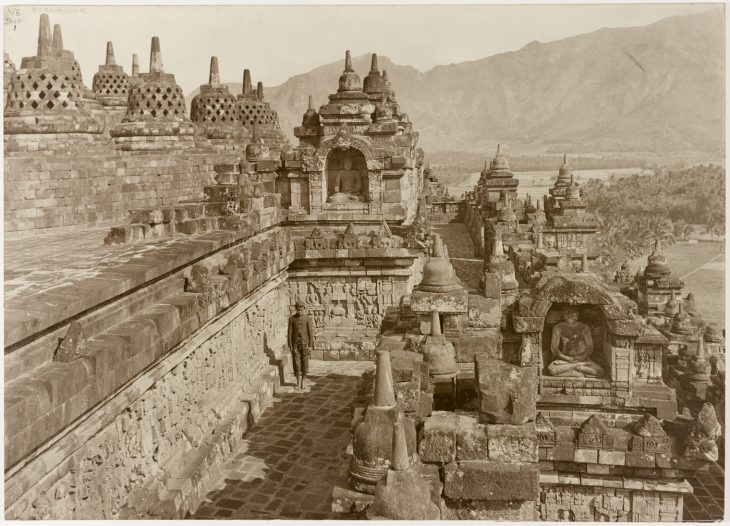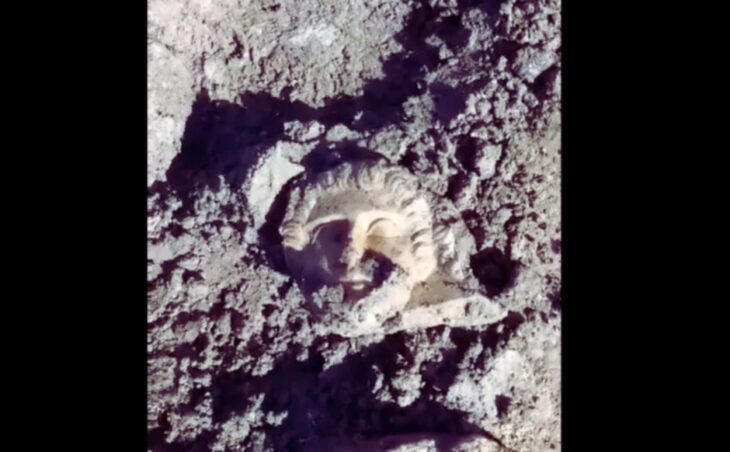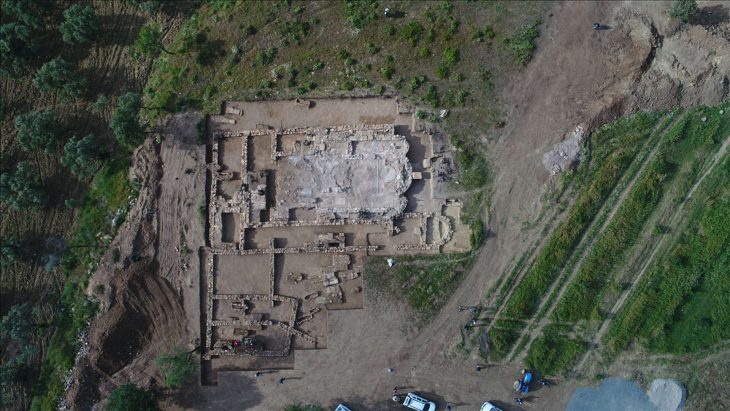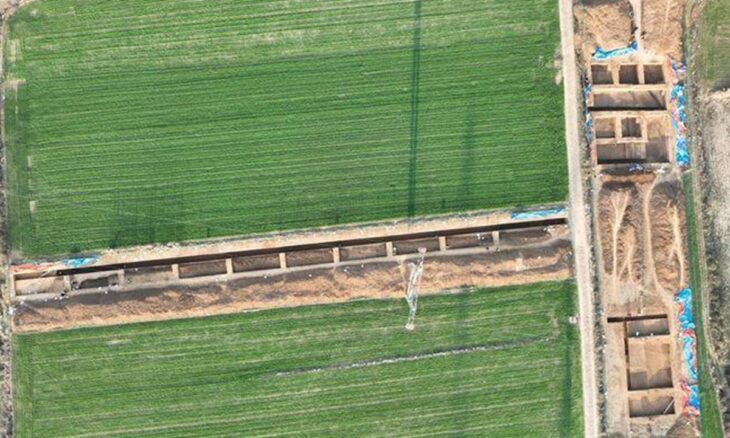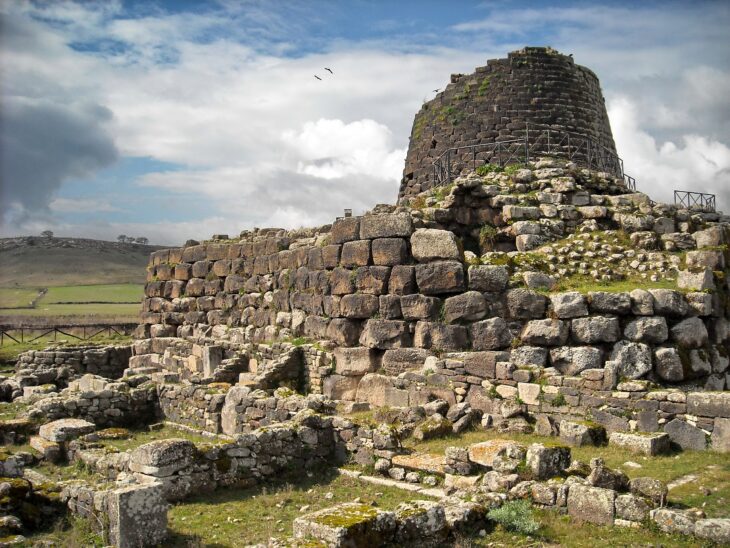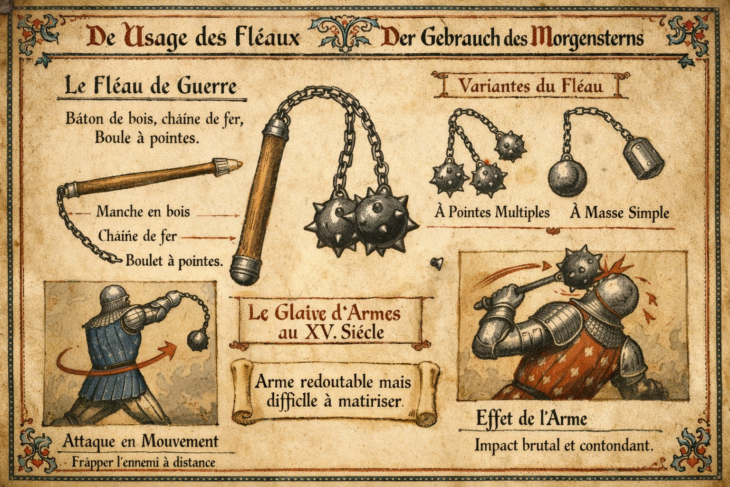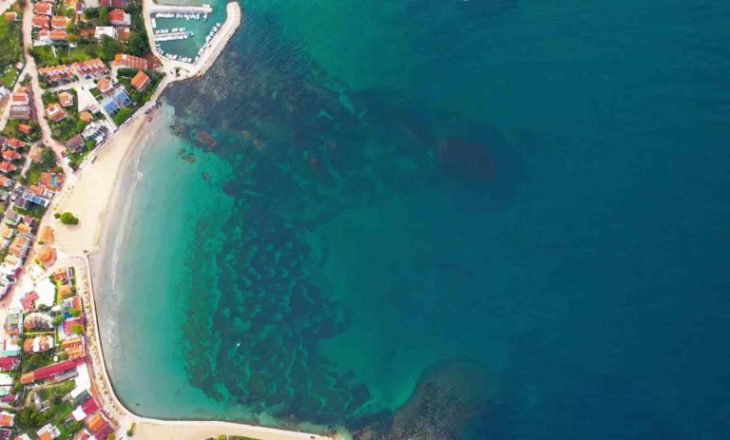During the Istanbul Bathonea excavations, a 1600-year-old writing set containing a miniature vessel, a bone writing pen, and an inkwell, thought to have belonged to a merchant, was unearthed.
The ancient city, located in the Avcılar district of Istanbul, to the northwest of Küçükçekmece Lake, has harbor and city ruins that may be one of the oldest and largest ancient ports in Istanbul.
With the Bathonea excavations, ancient harbor structures, a giant open cistern thought to have been built by Emperor Constantine the Great, the ruins of a castle and a large palace-monastery complex with mosaic floors, underground water channels, and ancient roads have been unearthed.
At the excavation site discovery of two figurines, tin remains, and ceramic fragments from the Early Hittite or Hurri period, which were found in 2014 and dated to 1800 BC, had wide repercussions among archaeologists.
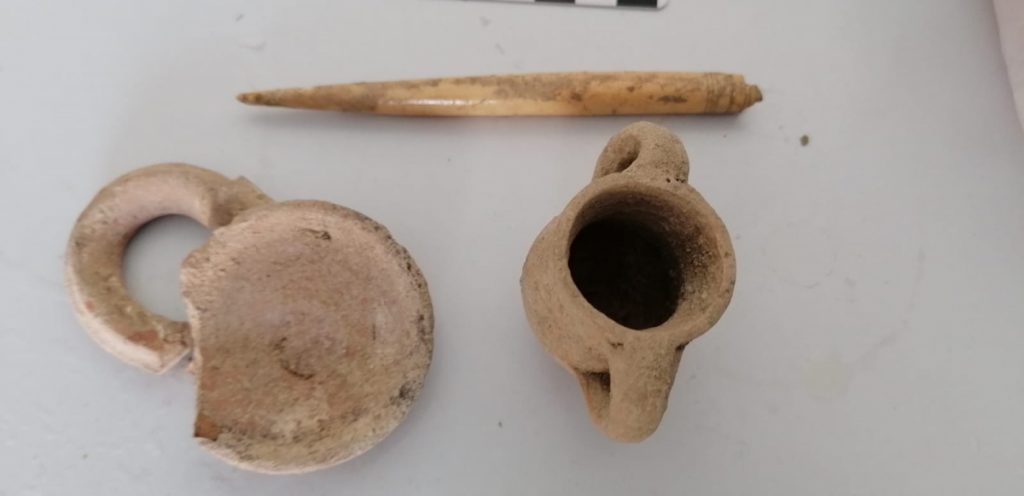
Excavations in the ancient city of Bathonea continue in the Küçükçekmece Lake Basin. In these ongoing excavations, writing set from the Late Roman period was found.
📣 Our WhatsApp channel is now LIVE! Stay up-to-date with the latest news and updates, just click here to follow us on WhatsApp and never miss a thing!!
The interesting discovery was announced on Twitter by the Excavation Department of the Ministry of Culture and Tourism. In the post made on the official account of the Ministry’s Department of Excavations: “A 1600-year-old writing set containing a miniature vessel, a bone writing pen, and an inkwell, thought to belong to a merchant, was unearthed in our Istanbul Bathonea excavations,” it said.
The settlement of Bathonea was defined as the town of Rhegion in 1930 by the Swiss archaeologist Ernest Mamboury and studied extensively. In 2009, a new identity as a Hellenistic-Roman city was proposed for Bathonea. Currently, the excavations are carried out under the direction of Kocaeli University Associate Professor Şengül Aydıngün.
When the excavations of the Bathonea Ancient City are completed, the historical city is planned to be opened to visitors.

